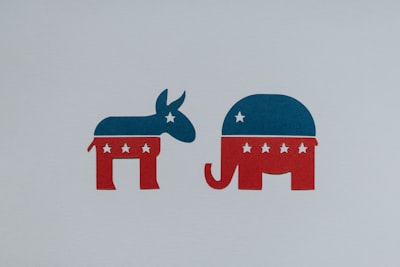Overview
A third party in the context of the United States political system refers to any political party that competes with, but is not one of, the two dominant parties: the Democratic Party and the Republican Party. The structure of the U.S. electoral system and historical patterns have largely favored a two-party system, but third parties have periodically played significant roles in national, state, and local elections, often influencing political discourse and policy priorities.
Historical Background
The United States Constitution does not mention political parties, and the Founding Fathers warned against their divisive potential. Nevertheless, parties emerged early in U.S. history, evolving into the present two-party framework. Despite this strong two-party dominance, notable third parties have occasionally risen, such as the Whig Party in the 19th century or the Progressive Party in the early 20th century. Other examples include the Libertarian Party and the Green Party.
Challenges Facing Third Parties
Third parties encounter considerable obstacles, including restrictive ballot access laws, limited media coverage, exclusion from major debates, and the difficulty of securing significant funding. The 'first-past-the-post' electoral system, which awards victory to the top vote-getter in each contest, contributes significantly to this dynamic, as it discourages voters from supporting parties they perceive as unlikely to win.
Significance and Impact
While third parties rarely win major offices, they have exercised influence by drawing attention to issues neglected by the major parties and pushing for reforms. Sometimes, they act as 'spoilers,' drawing votes from major candidates. In other cases, the major parties may absorb third-party ideas to capture their voters.
Notable Third Parties
- The Progressive Party ("Bull Moose Party"): Founded by Theodore Roosevelt in 1912.
- The Libertarian Party: Advocates for smaller government and personal freedoms.
- The Green Party: Emphasizes environmentalism and social justice.
Contemporary Relevance
In recent years, dissatisfaction with the two-party system has grown, leading to calls for new parties or significant reforms. National polling often reflects a portion of the electorate who express willingness to support a credible third option. The emergence of digital platforms has enabled new parties to connect with constituents but has yet to fundamentally upend the two-party dominance.
Conclusion
Third parties form an essential, if often marginalized, part of the U.S. political ecosystem. Their presence reflects the diversity of political thought in the United States and occasionally acts as a catalyst for change within the major parties and in broader public discourse.

Comments
No comments yet. Be the first to comment!